Location & Historical Origins
Nestled just north of Siem Reap, Cambodia, Angkor Wat is the crown jewel of the ancient Khmer Empire. Built in the early 12th century by King Suryavarman II, this vast temple complex was originally dedicated to the Hindu god Vishnu. Over time, it transitioned into a Buddhist sanctuary, reflecting Cambodia’s evolving spiritual landscape
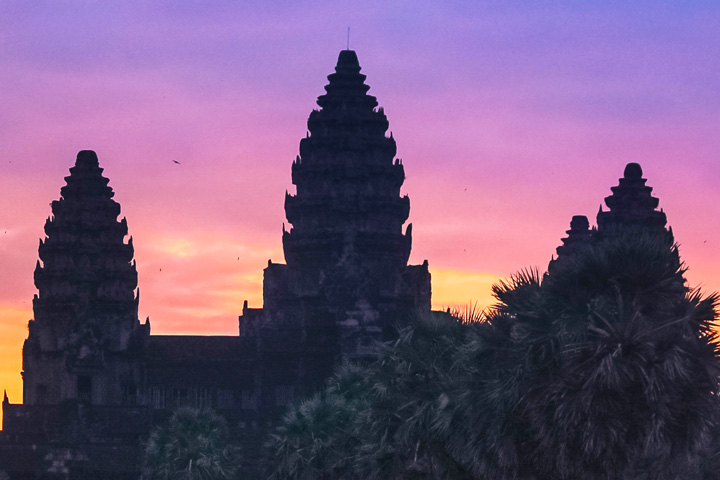
Architecture, Site Plan & Style
Angkor Wat is a masterpiece of Khmer architecture, combining two classic temple designs: the temple-mountain and the galleried temple. Its layout mirrors Hindu cosmology:
- Central tower symbolizes Mount Meru, the mythical home of the gods.
- Five towers represent Meru’s peaks.
- Moat and outer walls reflect the oceans and mountains encircling the universe.
The temple spans over 400 acres, making it the largest religious monument in the world. Its symmetry, lotus-bud towers, and intricate bas-reliefs depicting scenes from the Ramayana and Mahabharata are architectural marvels.
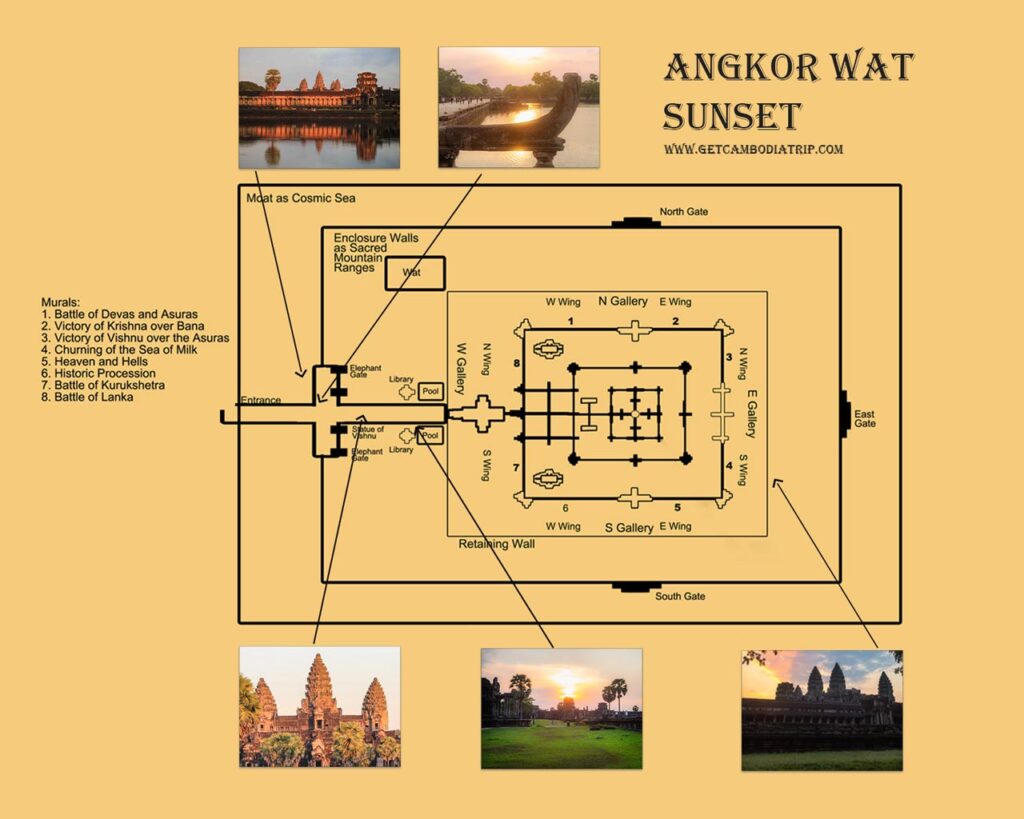
Unique Features & Global Fame
What makes Angkor Wat truly iconic?
- Westward orientation: Unlike most temples, it faces west—often associated with death—suggesting its original role as a funerary temple.
- Astronomical alignment: During equinoxes, the sun rises directly over the central tower, hinting at its use as an ancient observatory.
- Bas-reliefs & devatas: Over 2,000 celestial dancers (apsaras) adorn its walls, each with unique hairstyles and expressions.
- Symbol of Cambodia: It’s featured on the national flag and currency, embodying Khmer pride.
My Experience: Sunrise at Angkor Wat
For me, Angkor Wat is the soul of Siem Reap. Watching the sunrise here is more than a visual experience—it’s spiritual. As the first light spills over the lotus towers and reflects in the still moat, the temple seems to awaken from centuries of silence.
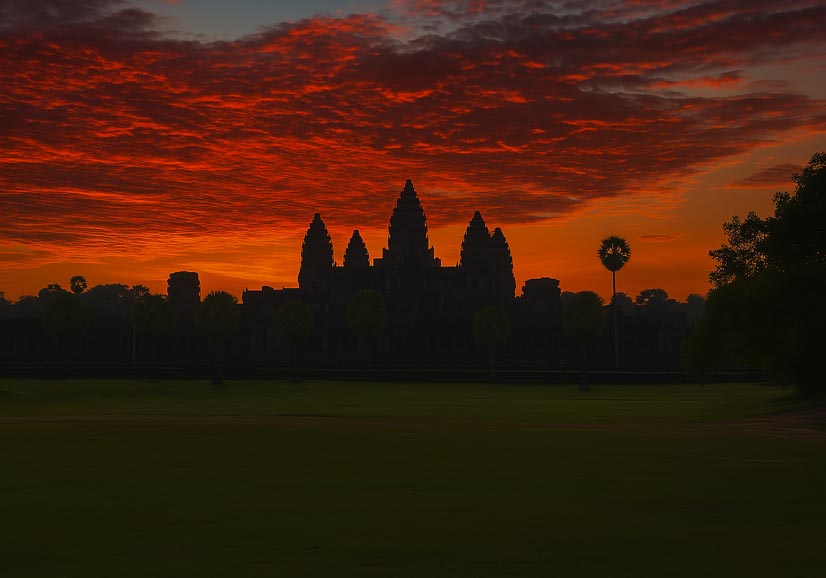
I love arriving early, when the air is cool and the sky is still deep indigo. Locals and travelers gather quietly, cameras ready, but it’s the hush—the reverence—that makes it unforgettable. The golden glow slowly reveals the carvings, the symmetry, the grandeur. It’s a moment of peace, of connection, of awe.
And when the sun sets behind the temple, casting long shadows across the ancient stones, it feels like the day has come full circle—just as it has for centuries.
Nearby Attractions From Angkor
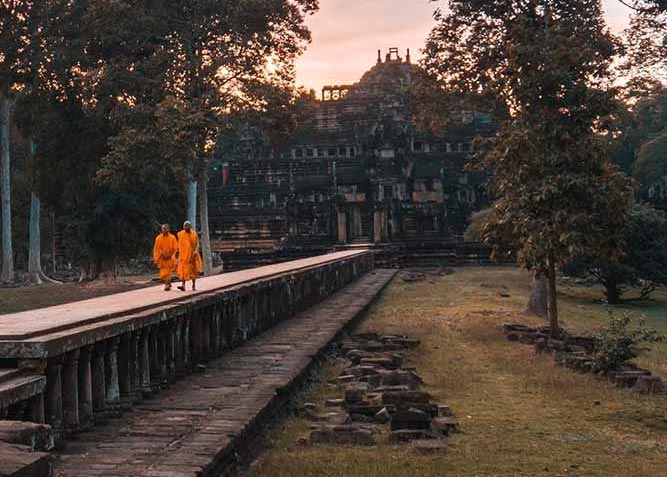
Baphuon Temple
This majestic pyramid represents Mount Meru and is known for its steep staircase, reconstructed sandstone bridge, and the giant reclining Buddha on its west side—an incredible blend of religious transformation from Hinduism to Buddhism.
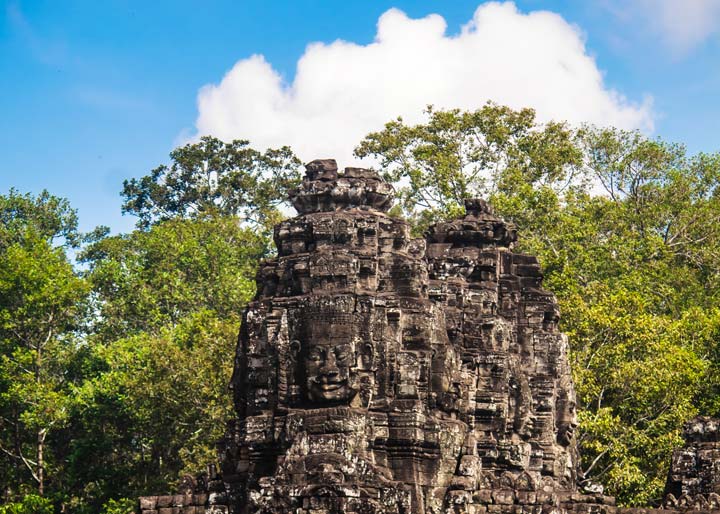
Bayon Temple
Famous for its 216 enigmatic stone faces, this iconic temple symbolizes the all-seeing eyes of Avalokiteshvara. The interplay of light and shadow among its towers creates an unforgettable visual experience.

Woman’s Pond
These small ancient ponds add serenity to the forested setting. Though less visited, they were likely used for ritual bathing or royal ceremonies.
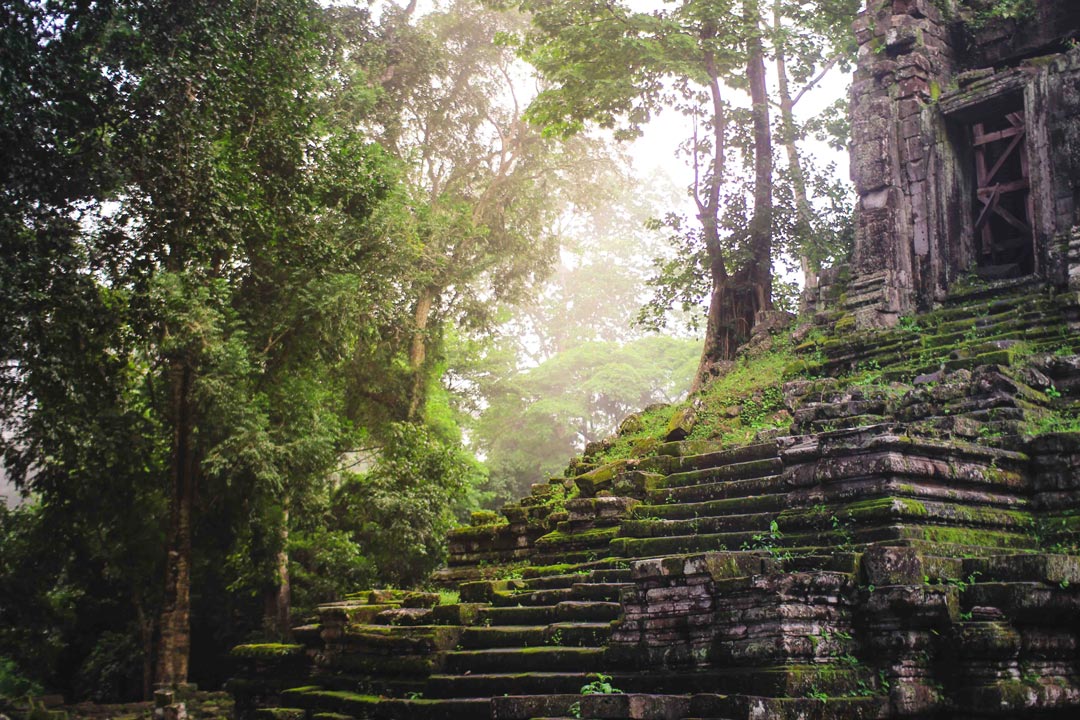
Preah Palilay
Tucked away in a shaded grove, this small temple with its unique chimney-like tower exudes a peaceful charm. Look for its beautiful lintels and the sacred Bodhi tree growing nearby. Read more…
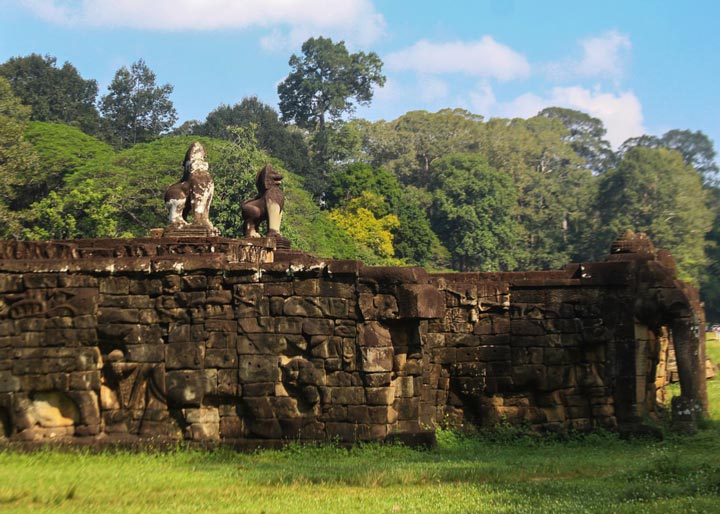
Terrace of the Elephants
Once viewing platforms for royal ceremonies, these terraces boast intricate carvings of elephants, celestial beings, dancers, and mythical guardians, preserving stories of Angkor’s royal legacy in stone.
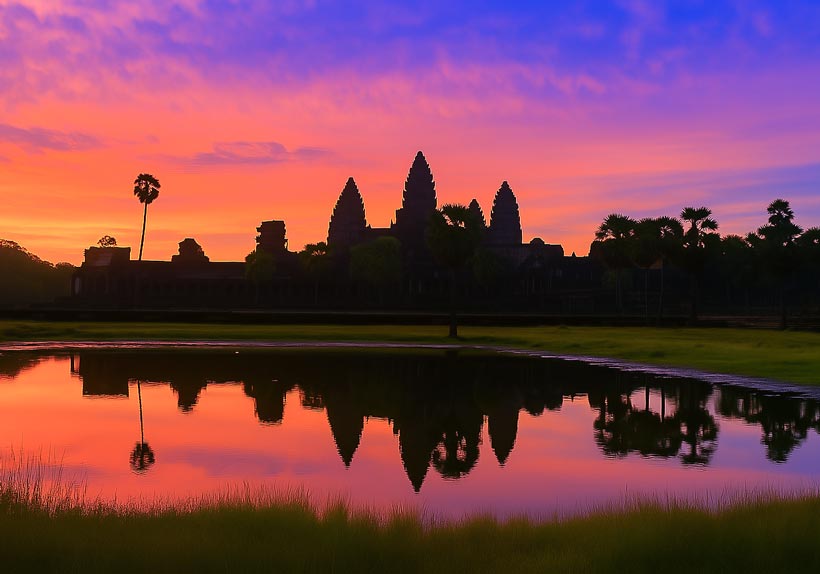
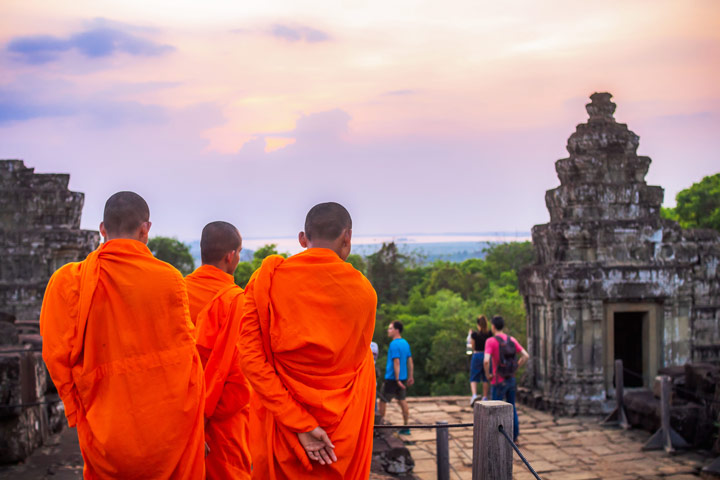
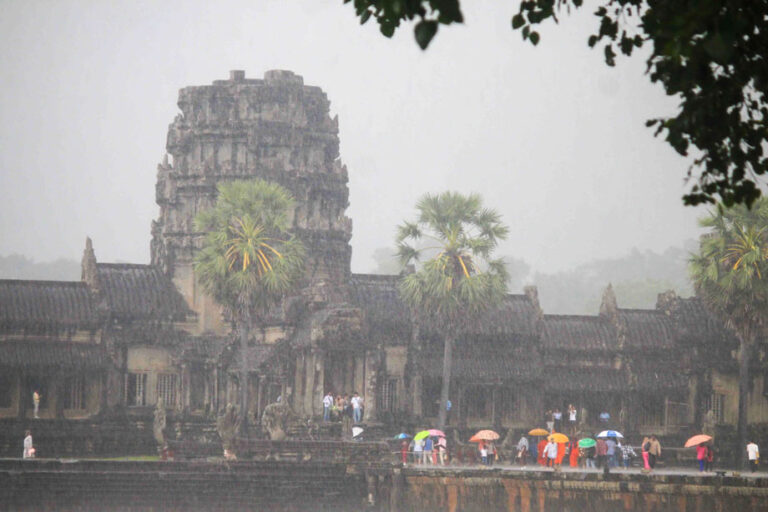
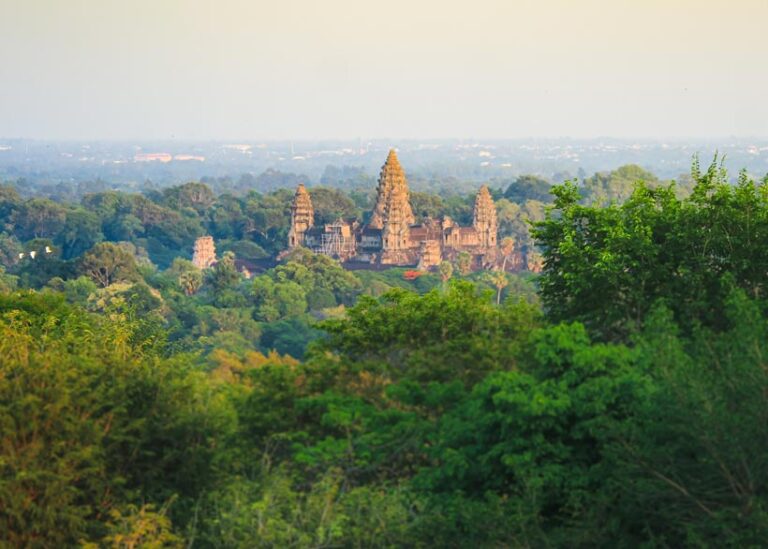
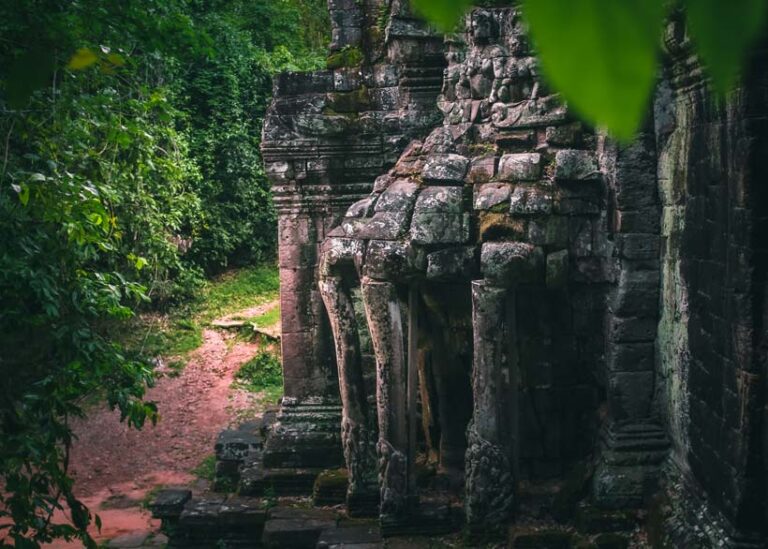
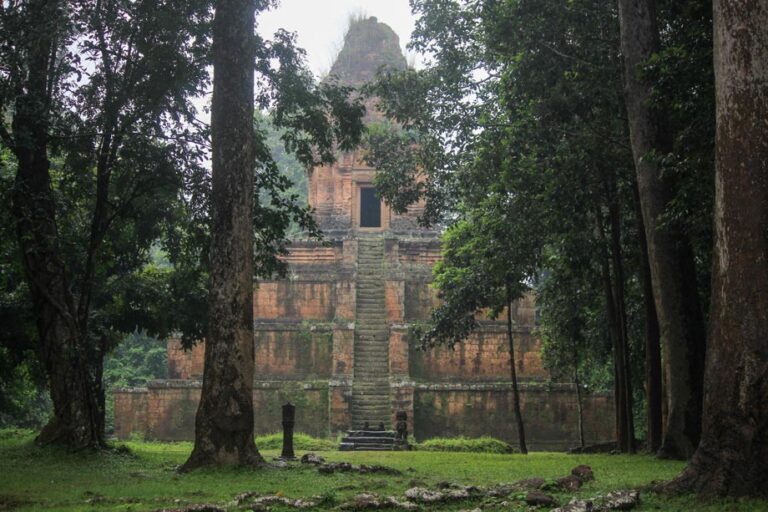
Leave a Reply